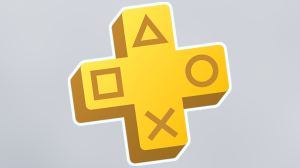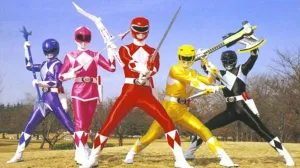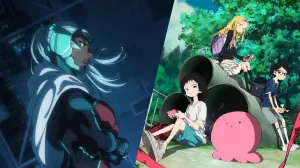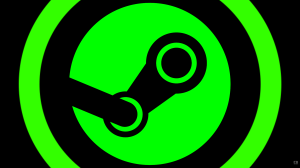The latest installment in the Dragon Ball franchise, Daima, is certainly one of the most special, primarily because it stands as the final project the late Akira Toriyama ever worked on. This series captures the essence of the franchise, presenting a lighthearted adventure in which the Z Fighters embark on a new journey with a renewed purpose. As Goku and the others face new enemies and are transformed into younger versions of themselves, the story creates space for character development and the introduction of new transformations. However, the series is far from flawless. As the narrative progresses, several elements fail to make sense.
Videos by ComicBook.com
While Daima, like most Dragon Ball installments, embraces supernatural themes, it often struggles to bridge the gap between fiction and internal logic. The real shortcoming lies in how the series builds promising foundations that could have been logically expanded within the bounds of its fantasy framework, but instead introduces elements that feel misplaced or unearned. At times, developments feel forced or entirely incoherent. We’ve selected seven such moments from Daima in which a few should have followed a more consistent, logical approach, but ultimately fall apart, while others don’t make sense at all.
7) Gomah Being the Final Villain
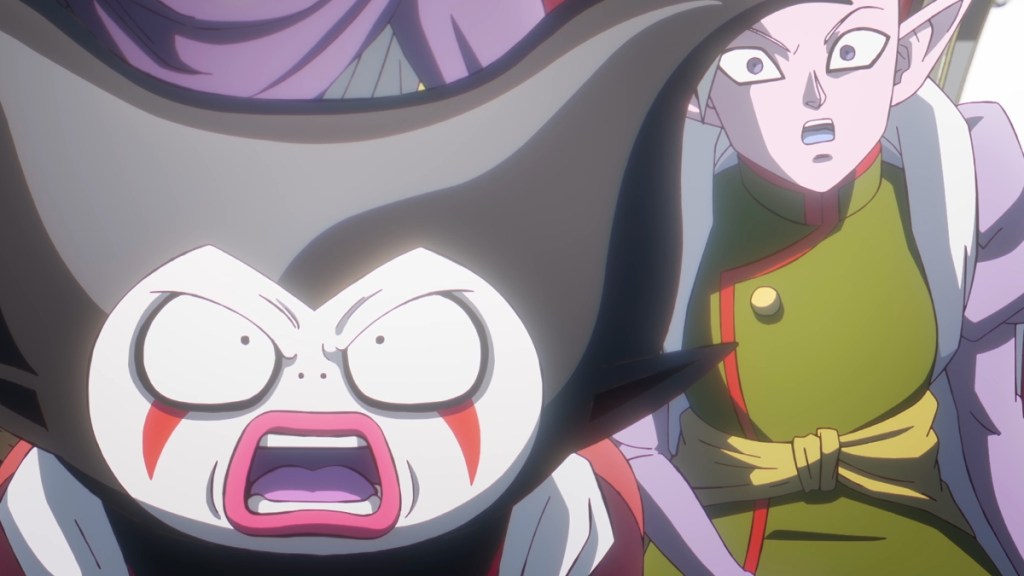
The journey in Daima begins with Gomah’s scheme to turn the Z Fighters into children. From the start, Gomah is portrayed as a relatively weak and comedic character, leading many to believe that the series was building toward a different, more formidable final villain. Throughout the story, several new elements were introduced that could have served this role, but one stood out in particular: a new creation reminiscent of Majin Buu, yet more obedient and potentially more dangerous. This plotline was tied to Dr. Arinsu, the elder sister of Supreme Kai Shin, who had been secretly working behind the scenes since Buu’s arrival on Earth. By retconning parts of Majin Buu’s lore, the new Majin Buu seemed to lay the groundwork for a final antagonist with deep narrative roots.
However, as Daima approaches its conclusion, the series shifts direction and reinstates Gomah as the ultimate threat through the hasty implementation of the Evil Third Eye initially alluded to near the start of the series. This artifact grants Gomah limitless power and regeneration, turning him into a villain who, despite his newfound strength, lacks any real depth, echoing a common criticism of many past Dragon Ball villains. Considering the groundwork already laid, Daima would have benefited from keeping Gomah as a lighthearted, comedic antagonist and focusing instead on expanding the Buu mythology. Doing so could have delivered a truly menacing final villain and given the franchise a chance to rebuild its reputation for compelling antagonists.
6) Goku and Vegeta’s Strength Doesn’t Seem To Find Balance
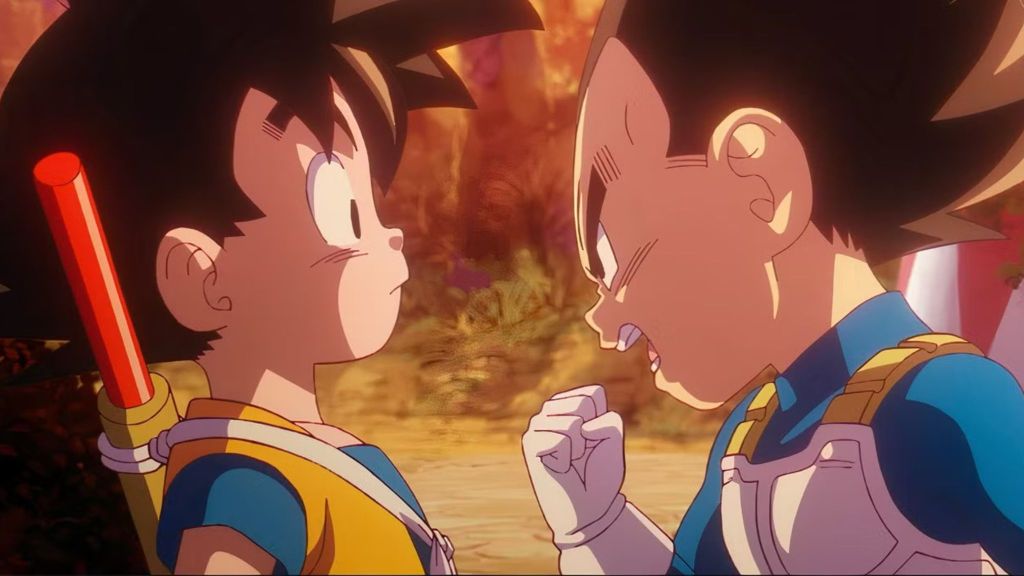
Daima struggles with how it wants to portray Goku and Vegeta, whether as significantly weakened or still among the strongest fighters. After they are turned back into children, the series initially implies that their power has been greatly diminished and that adapting to their younger forms would be a major challenge. However, as the story unfolds, Daima quickly reintroduces the Super Saiyan transformation, presenting it as an overwhelming force, even within the Demon Realm.
Yet in Episode 10, Goku and Vegeta are suddenly shown struggling against a sea monster named “Kraken,” with Goku even admitting out loud that they aren’t strong enough to handle it. This moment feels completely inconsistent. Given that both can still access Super Saiyan, a form synonymous with immense power, even a reduced version of that strength should be more than enough to defeat a mere monster. The scene creates a jarring disconnect, highlighting how Daima lacks clarity in its power scaling. With no real foundation or backstory provided for the Kraken, this inconsistency reinforces the sense that the series was unsure of how to balance its heroes’ power levels, weakening the internal logic of the narrative.
5) Piccolo’s Abandoned Character Development
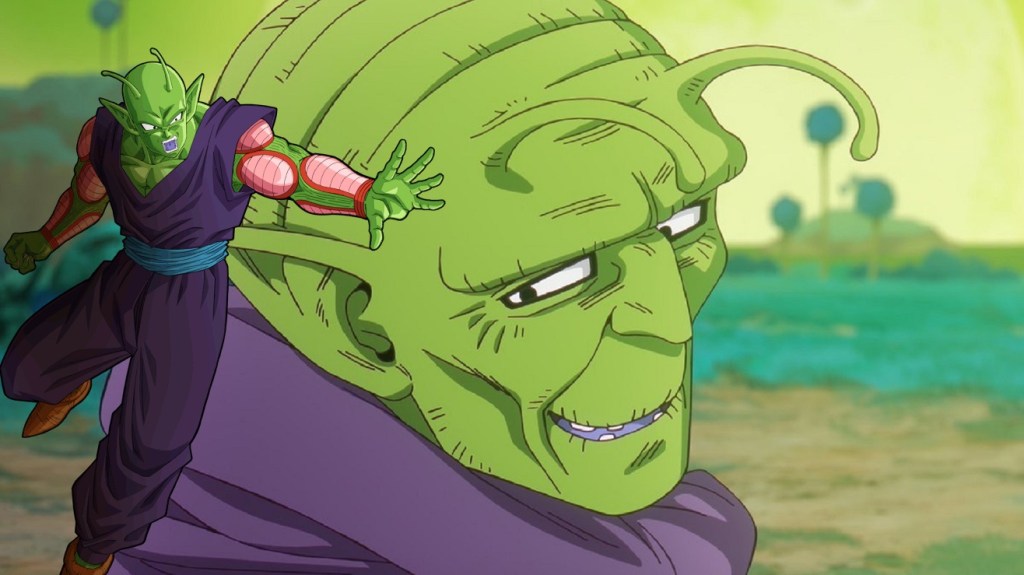
With the Demon Realm serving as the central setting of Daima, and Neva as one of its most prominent figures, fans naturally expected significant revelations about both the realm and its inhabitants. Neva delivers on this front, unveiling major lore about the Namekian race that even retcons long-standing beliefs. In Episode 11, he reveals that the Namekians are actually demons, sharing their tragic origins and detailing how they eventually migrated to the planet Namek.
Among these revelations, the Nameless Namekian is confirmed to have originated from the Demon Realm, opening up major opportunities for character development, especially for Piccolo, who is directly connected to this mysterious figure. However, in typical Daima fashion, the series builds up this foundation only to abandon it soon after. Despite being in a setting that could have significantly deepened his character arc, Piccolo is sidelined and given no meaningful moment to shine. This missed opportunity not only undercuts the potential of the lore but also squanders a chance to elevate one of the franchise’s most beloved characters.
4) Dragon Ball Daima Uses Vehicle Malfunctions to Take Pauses
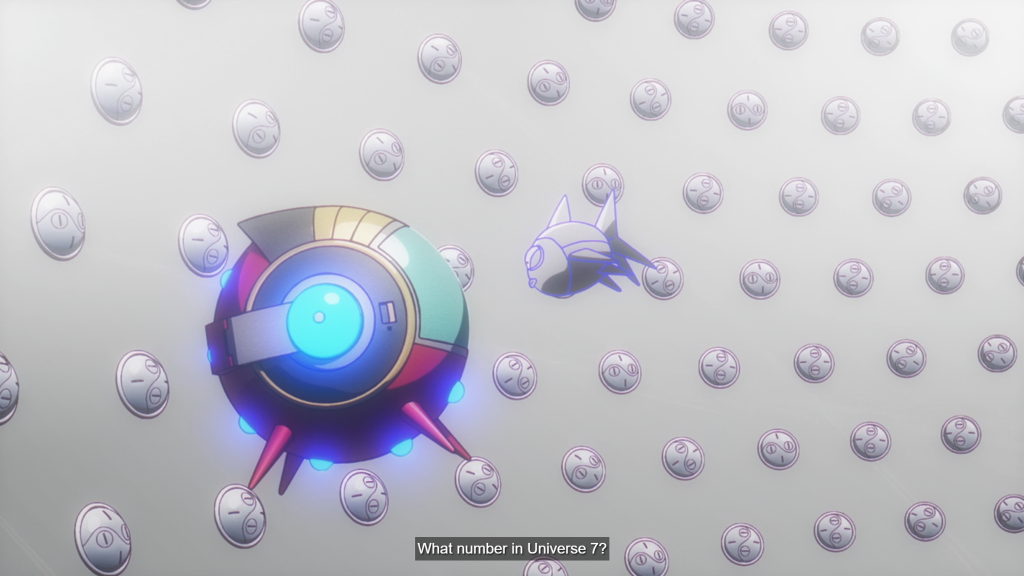
As Dragon Ball Daima progresses, the series begins to introduce new elements from the outskirts of its world; however, the method it uses often relies on a recurring and somewhat lazy narrative device: repeated malfunctions of the spaceship used for travel. Given that Daima establishes early on that the Demon Realm’s dense atmosphere and harsh environment make spaceship travel essential, the series repeatedly uses breakdowns as a way to force pauses in the journey and introduce new plot points.
Right from the beginning, limitations are placed on who can travel due to the ship’s restricted capacity. One example also includes a scene where Goku steals Vegeta’s spaceship simply to stay ahead of their allies, without any real justification. Over time, this became a running trope in Daima, with fans beginning to predict that every two or three episodes would be interrupted by another mechanical failure. Considering the Z Fighters’ journey in previous installments, it feels out of place and makes absolutely no sense for Daima to resort to such a cheap strategy to create pauses.
3) The Lack of Fusion
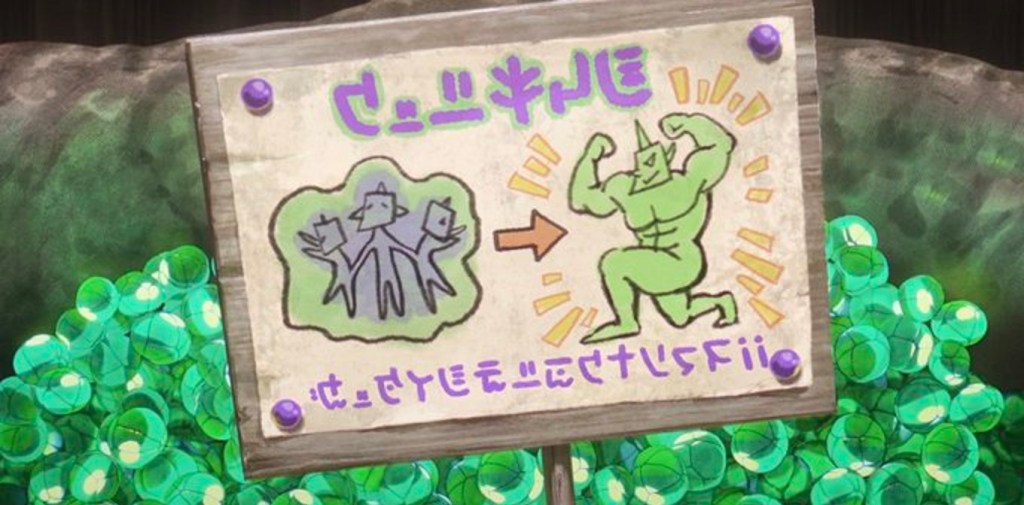
Among the many iconic references featured in Daima, the introduction of medicinal bugs stood out, particularly the “Join Bug.” Introduced in Episode 4 of Daima, this mysterious element caught the attention of fans due to its unique ability: as its name suggests, it facilitates the fusion of warriors into a single, more powerful being. Given the franchise’s long-standing familiarity with the concept of fusion, it was clear that Daima was setting the stage for the return of a Goku and Vegeta fusion to confront the final antagonist. However, in the series’ climax, this setup is completely abandoned. Instead of delivering a much-anticipated fusion, Daima reintroduces Goku’s Super Saiyan 4 transformation, effectively discarding a golden opportunity.
This decision feels illogical, especially considering the continuity issues that come with bringing back Super Saiyan 4. Rather than relying on that controversial form, Daima could have brought back Vegito or Gogeta for the final battle, both fan-favorite fusions that wouldn’t disrupt the canon timeline. With Vegeta also shown to be capable of achieving Super Saiyan 3 in this series, there was a chance to introduce an entirely new transformation, such as Super Saiyan 3 Vegito or Gogeta, which might have generated even more excitement without compromising narrative consistency. Additionally, Daima revealed that the Join Bug could fuse more than two warriors, opening the door for a groundbreaking fusion of Goku, Vegeta, and Piccolo. Such a combination could have marked a historic moment in the franchise and made Daima unforgettable for all the right reasons.
2) Goku’s Super Saiyan 4 Transformation

There’s no doubt that Goku’s Super Saiyan 4 transformation is the standout highlight of Daima, delivering a form fans never expected to see again, especially not in a canonical storyline, given that Daima is considered part of the official continuity. However, unlike its original debut in GT, the Super Saiyan 4 transformation in Daima lacks a solid foundation and feels clearly out of place. In this series, Goku attains the form with the help of Neva, a legendary Namekian residing in the Demon Realm. Neva uses his magical abilities to awaken Goku’s dormant power, pushing him to transform into Super Saiyan 4, a form meant to represent the primal essence of a Saiyan’s power.
The problem lies in the fact that, unlike GT, which firmly established Super Saiyan 4 through the Golden Great Ape transformation and Goku’s ability to control it, Daima introduces the form without sufficient groundwork. It feels more like a last-minute decision aimed at generating hype rather than serving the story. The biggest issue, however, is the continuity error it creates with Dragon Ball Super, the next installment in the timeline, which is still ongoing and accepted as canon. The appearance of Super Saiyan 4 raises the glaring question of why Goku never used this powerful transformation against Beerus. Instead of reintroducing an old form, Daima would have benefited from showcasing a new, one-time transformation, one that could be attributed to the Demon Realm’s magic and thus easily written off. This would have allowed Super to acknowledge it later, or at least not contradict it. By presenting Super Saiyan 4 as a fully embraced and repeated transformation, Daima ultimately undermines its own coherence for the sake of short-term excitement.
1) The Evil Third Eye Artifact
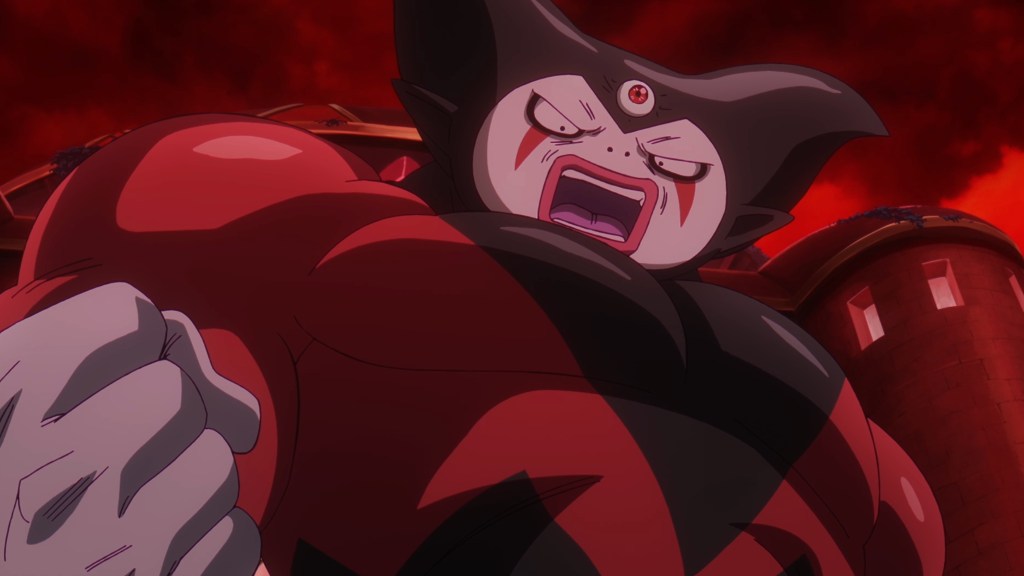
The Evil Third Eye artifact, as the series came to an end, suddenly emerged as the strongest element ever introduced, leading up to Daima‘s timeline. While it is an intriguing concept, like many elements in the series, its placement feels out of place. It was revealed that Dabura’s father, Abura, once ruled the Demon World using its power, and that Dabura hid the artifact to overthrow him. Given Dabura’s portrayal in the Z saga as a power-hungry demon, it feels inconsistent that he wouldn’t use this artifact himself.
This portrayal casts him in a different light, almost as a kind or noble figure, which doesn’t align with his established character in Dragon Ball Z. Furthermore, the fact that two more of these artifacts were casually being sold in a shop makes it implausible that other Demon Kings wouldn’t be aware of their existence, especially when the artifact is presented as the most significant source of power in the universe so far. Ironically, it’s these elements that don’t make sense that end up being the highlights of Dragon Ball Daima, suggesting that this installment was more focused on fun, adventure, and spectacle rather than its impact on other series. In doing so, Daima stands out as a classic entry in the franchise, one that embraces laughter, fun, and action above all.
Dragon Ball Daima can be streamed on Crunchyroll and Netflix.





